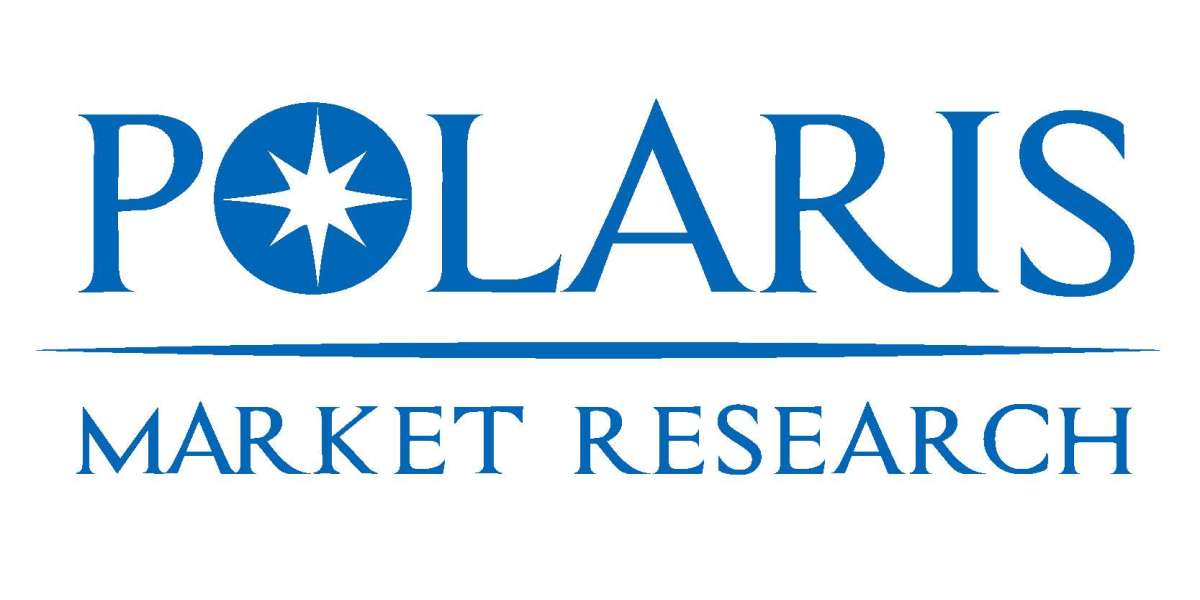The global antifungal drugs market, valued at USD 16.31 billion in 2024, is set to grow steadily over the next decade. Analysts project the market to reach USD 23.22 billion by 2034, progressing at a compound annual growth rate (CAGR) of 3.6% from 2025 to 2034. Growth is being driven by rising rates of fungal infections, the increasing vulnerability of immunocompromised populations, and continuous advancements in antifungal research and development.
Evolving Market Dynamics
Antifungal drugs are used to treat infections caused by fungal pathogens such as Candida, Aspergillus, and Cryptococcus. These infections range from mild skin conditions to severe systemic diseases that can be fatal, particularly in patients with weakened immune systems. The antifungal drug market encompasses various therapeutic classes—most notably azoles, polyenes, echinocandins, and allylamines—available in topical, oral, and injectable formulations.
In recent years, the market has been evolving due to the emergence of drug-resistant fungal strains, demand for broader-spectrum therapies, and the growing burden of hospital-acquired infections. While the future looks promising, the sector must also contend with key challenges, including the high cost of drug development and concerns over drug-related toxicity.
Key Growth Catalysts
A significant contributor to market expansion is the increasing global incidence of fungal infections. The widespread use of immunosuppressive therapies, chemotherapy, and organ transplantation has resulted in a larger immunocompromised population, which is more susceptible to opportunistic fungal diseases. Moreover, the extensive use of antibiotics and the rise in hospital-acquired infections have contributed to the proliferation of fungal pathogens.
The COVID-19 pandemic further exacerbated this issue, particularly in countries like India, where secondary fungal infections such as mucormycosis gained widespread attention. These developments have intensified the focus on improving antifungal treatment options and early diagnosis.
Pharmaceutical companies are also investing in next-generation antifungal agents with enhanced efficacy, improved safety profiles, and the ability to combat resistant fungal species. Innovative therapies, including combination drug regimens and targeted delivery mechanisms, are being researched to shorten treatment durations and improve patient outcomes.
Improved diagnostic tools are another driver of growth. Technological advancements like polymerase chain reaction (PCR) testing and antigen-based diagnostics have enabled faster and more accurate detection of fungal infections. This not only facilitates early treatment but also reduces the risk of complications, especially in high-risk populations.
Explore The Complete Comprehensive Report Here:
https://www.polarismarketresearch.com/industry-analysis/antifungal-drugs-market
Market Constraints
Despite the positive trajectory, the antifungal drugs market faces several hurdles. Chief among them is the emergence of antifungal resistance, which reduces the effectiveness of standard treatments. This is compounded by the misuse and overprescription of antifungal agents, leading to limited treatment options for some infections.
Additionally, the development of new antifungal therapies involves high research and development (R&D) costs and lengthy regulatory approval processes. These factors can delay the introduction of new products and limit innovation in areas with lower commercial appeal, such as rare mycoses. Long-term antifungal use also poses risks, as many drugs—particularly polyenes and azoles—are associated with nephrotoxicity, hepatotoxicity, and other adverse side effects.
Another concern is the limited availability of treatments for certain neglected fungal diseases like chromoblastomycosis and mycetoma, which predominantly affect underserved regions. These areas often suffer from poor healthcare infrastructure and a lack of diagnostic capabilities, restricting access to appropriate therapies.
Regional Insights
North America currently dominates the antifungal drugs market and is expected to maintain its leading position through 2034. The United States, in particular, has witnessed a rise in multidrug-resistant fungal pathogens such as Candida auris, prompting significant investment in antifungal R&D and public health initiatives. The region benefits from a well-established healthcare infrastructure and the presence of major pharmaceutical companies.
Europe is also a prominent player, with countries like Germany, the United Kingdom, and France focusing on infection control protocols and promoting antifungal stewardship. The aging population and the high incidence of nosocomial infections contribute to market demand in this region.
Asia-Pacific is poised to experience the highest growth rate during the forecast period. Rapid urbanization, rising awareness about fungal infections, and improving healthcare access are driving factors. The COVID-19 pandemic revealed vulnerabilities in the region's healthcare systems, especially in managing fungal infections, thus emphasizing the need for better treatment options. India and China, in particular, have seen a surge in serious fungal infections, including mucormycosis.
Latin America and the Middle East & Africa (MEA) are gradually expanding their share in the antifungal market. While these regions face limitations in terms of healthcare infrastructure and diagnostic capabilities, increasing investments and the growing burden of fungal diseases among immunocompromised populations are creating new opportunities.
Drug Class and Indication Trends
Among drug classes, azoles continue to dominate the antifungal market due to their broad-spectrum activity and ease of administration in oral form. However, echinocandins are gaining traction in clinical settings for their effectiveness against resistant strains and comparatively lower toxicity levels.
In terms of medical indications, candidiasis leads global demand. This infection is particularly prevalent in immunocompromised patients, making it a major driver of systemic antifungal use. Dermatophytosis, a common superficial infection, remains widespread globally—especially in tropical regions—further fueling the need for topical and oral antifungal treatments.
Regarding routes of administration, oral formulations are the most widely used, thanks to their convenience and effectiveness for non-critical infections. Meanwhile, parenteral antifungals play a crucial role in treating severe systemic infections, particularly in hospitals and intensive care units.
Competitive Landscape
Leading pharmaceutical companies are shaping the market through product innovation, global expansion, and strategic alliances. Pfizer, Inc. continues to be a key player, especially with its robust azole-based offerings and pipeline targeting resistant fungal species. GSK plc and Novartis AG are actively investing in antifungal R&D, while Merck & Co., Inc. is strengthening its position through broad-spectrum solutions and hospital-based therapies.
Other notable players include Abbott, Sanofi, Bayer AG, Astellas Pharma, Inc., Glenmark, and Enzon Pharmaceuticals. These companies contribute through diversified portfolios, regional market penetration, and advancements in antifungal drug delivery technologies.
Conclusion
The global antifungal drugs market is on a steady growth path, driven by a complex interplay of rising infection rates, expanding at-risk populations, and medical innovation. While the sector faces formidable challenges such as drug resistance, toxicity concerns, and unequal access to care, the commitment to research, diagnostics, and healthcare infrastructure improvement holds the potential to reshape the market landscape.
In the coming years, the integration of advanced technologies—such as nanocarrier systems, targeted therapies, and potentially even antifungal vaccines—may provide groundbreaking solutions to address existing limitations. For stakeholders across the pharmaceutical value chain, staying ahead of emerging trends and unmet needs will be crucial to harnessing the market’s full potential.
More Trending Latest Reports By Polaris Market Research:
Nicotinamide Adenine Dinucleotide Market
Us Midstream Oil & Gas Equipment Market
Distributed Antenna System (DAS) Market


![Well Testing and Flowback Services Market Share Forecast [2032]](https://www.flexsocialbox.com/upload/photos/2024/06/b4ZtZ7epGw8WcOZBxkWQ_07_f70004dfe809910d93d8b881e89109a7_image.jpg)
